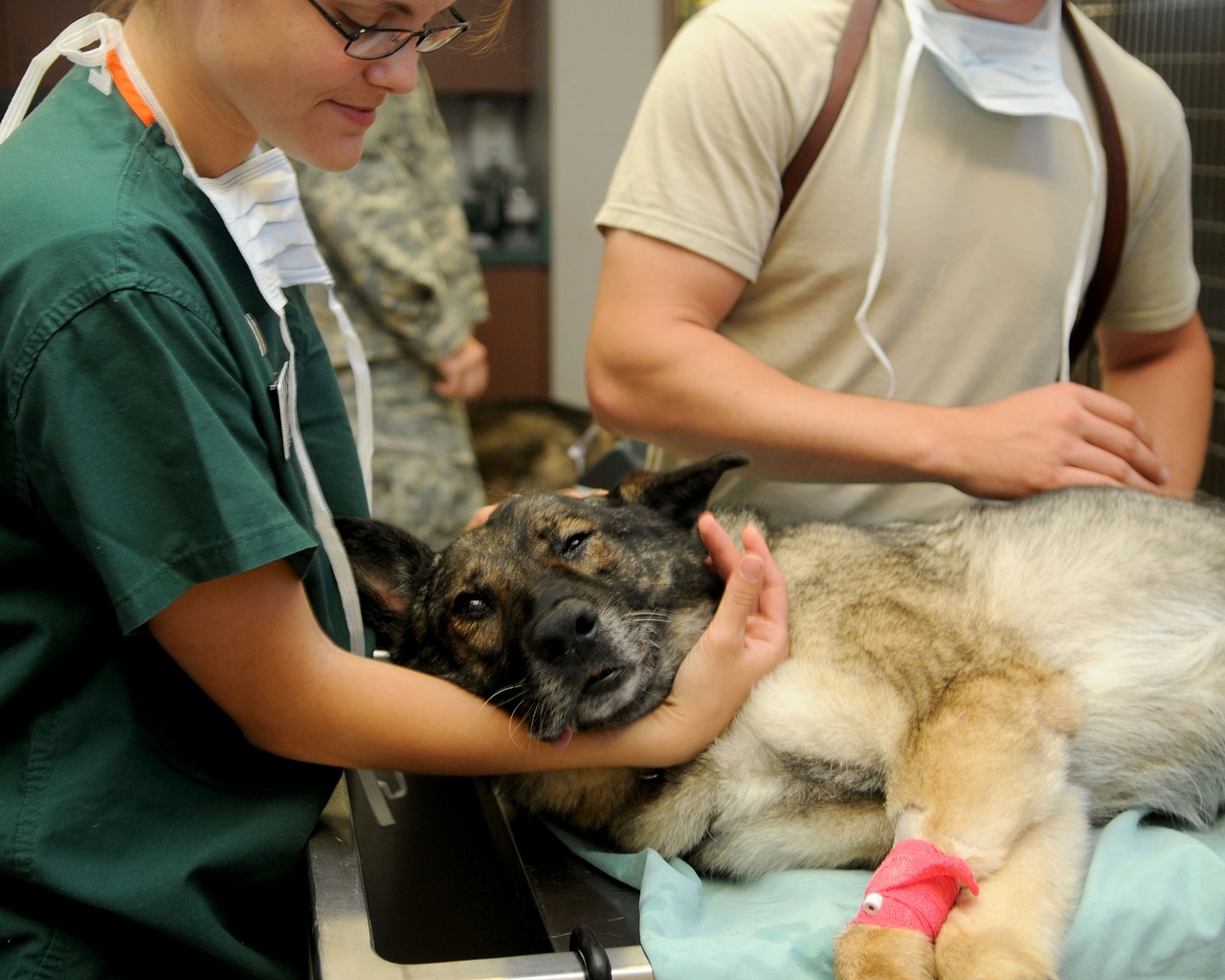A skilled Pet Sitter plays a crucial role in the veterinary ecosystem; moreover, the right hire safeguards continuity of care between clinic visits, reduces client anxiety, and elevates overall service quality. Because pet parents increasingly expect professional, reliable support, hiring top talent helps practices ensure the highest level of care, which in turn drives satisfied clients, stronger reviews, and improved operational success.
Why Hire a Pet Sitter?
Hiring a Pet Sitter is vital for organizations that aim to provide excellent care beyond the exam room. Not only can a great sitter address diverse needs—from medication administration to behavior-sensitive handling—but they also free clinical teams to focus on medical priorities. Consequently, clinics gain capacity, owners gain peace of mind, and pets receive consistent, individualized attention.
Improved Customer Satisfaction
An effective Pet Sitter delivers attentive, reliable care and proactive updates. As a result, client confidence grows, referrals increase, and lifetime value improves.
Enhanced Operational Efficiency
Because sitters manage routine care and observation, veterinary staff can prioritize diagnostics, procedures, and follow-ups. Therefore, workflows streamline and service delivery accelerates.
Specialized Care
Many sitters hold pet first-aid/CPR certifications and have experience with seniors, anxious pets, or post-op protocols. Accordingly, pets with special needs receive appropriate, compassionate care.
Reduced Stress
Familiar routines, consistent handlers, and calm environments reduce stress for pets and owners alike. In turn, adherence to treatment plans improves.
Cost-Effective Solutions
By partnering with a pre-vetted sitter, practices reduce recruitment time and avoid costly mis-hires—allowing resources to be allocated where they matter most.
For professional standards and education, see Pet Sitters International (PSI) and certification resources at Fear Free Pets and Red Cross Pet First Aid:
https://www.petsit.com • https://fearfreepets.com • https://www.redcross.org/take-a-class/first-aid/cat-dog-first-aid
Types of Pet Sitter
Because client needs vary, clarifying the role beforehand accelerates a great match.
In-Home Pet Sitters
Provide care in the pet’s own environment—feeding, litter care, medications, enrichment, and routine updates. Consequently, pets that dislike boarding stay relaxed.
Boarding Pet Sitters
Offer care in a home or licensed facility, including socialization and structured play. Therefore, traveling owners gain predictable, supervised coverage.
Dog Walkers
Specialize in safe, structured exercise and elimination breaks. Moreover, they reinforce leash manners and enrichment plans prescribed by the clinic.
Pet Care Assistants (Clinic-Adjacent)
Support front- or back-of-house with basic grooming, medication administration per protocol, and discharge reinforcement—thereby extending the care team.
Emergency/On-Call Sitters
Step in during last-minute needs (e.g., client hospitalization or travel delays), ensuring continuity of care without gaps.
Where to Find a Pet Sitter
Finding the right sitter can be time-consuming; however, a blended sourcing plan shortens the path.
Online Job Boards
Indeed and Glassdoor broaden reach; yet, they require rigorous screening and skills validation.
Staffing Agencies
Specialized partners (e.g., Pulivarthi Group) present pre-vetted talent, reducing risk and time-to-hire—even if fees apply.
Professional Networks
Industry events, local rescue groups, and training clubs surface mission-aligned candidates, although this route requires ongoing engagement.
Referral Programs
Employee and client referrals often yield trustworthy hires; nevertheless, keep pipelines diverse to avoid over-reliance on a single network.
Accredited Directories
Membership directories from PSI or National Association of Professional Pet Sitters (NAPPS) can signal baseline professionalism:
https://www.petsitters.org
Hiring Challenges (and Practical Fixes)
Assessing Skills
Resumes rarely prove handling competence. Therefore, use job trials (med-giving demo with stuffed animal, harness fitting, crate-acclimation steps) and scenario Q&A.
Cultural Fit
Service tone and reliability matter. Consequently, add behavioral prompts (“Describe a time you de-escalated a concerned owner”) and reference checks focused on dependability.
High Turnover
Peak-season swings can strain schedules. Thus, build predictable routes, offer guaranteed hours/bonuses, and rotate on-call duties fairly.
Experience Verification
Applicants sometimes embellish experience. Accordingly, ask for vet-clinic references, proof of certifications, and a brief handling video (with owner consent).
Scheduling Conflicts
Demand spikes are real. Therefore, maintain a vetted bench and use a shared scheduling tool with blackout dates captured early.
Qualifications and Licenses
Strict licensing may not be required everywhere; nevertheless, professionalism and safety credentials are non-negotiable.
-
Clean Background Check – Essential for client trust and home access.
-
Certifications – Pet first aid/CPR (e.g., Red Cross, PSI); Fear Free® handling is a plus.
-
Experience – Hands-on work across temperaments, sizes, and life stages; medication competence (pills, liquids, insulin per vet instruction).
-
Education – Coursework or degrees in animal science/veterinary studies are advantageous.
-
References – Prior veterinary or long-term client references validate reliability and communication.
For safety guidance and workplace best practices, see AAHA standards and OSHA resources:
https://www.aaha.org • https://www.osha.gov
Sample Pet Sitter Job Description
Job Overview
We seek a dedicated Pet Sitter to deliver compassionate, dependable care for clients’ pets while maintaining clear, timely communication with owners and clinic staff.
Key Responsibilities
-
Provide feeding, fresh water, litter/yard care, and enrichment per care plan.
-
Administer medications as instructed by the veterinary team.
-
Capture daily updates (photos, appetite/behavior notes) via app or SMS.
-
Follow safety and hygiene protocols; report health concerns promptly.
-
Support basic training reinforcement (leash manners, calm greetings).
Required Skills
-
Excellent communication and client etiquette; proactive updates.
-
Confident animal handling; calm under stress.
-
Time management, route planning, and reliability.
Qualifications
-
Relevant experience and references; pet first aid/CPR preferred.
-
Valid driver’s license, insurance, and smartphone for updates.
Pet Sitter Interview Questions (What You’re Measuring)
-
What experience do you have with different species and temperaments?
Breadth of handling and risk awareness. -
How do you respond to a pet that refuses medications?
Problem-solving, safety, and escalation thresholds. -
Walk me through your first visit routine with a new client.
Structure, consent, and information capture. -
How do you keep owners informed while avoiding over-messaging?
Communication judgment and consistency. -
Describe a time you managed an urgent situation.
Composure, documentation, and follow-up quality.
When Should I Hire a Pet Sitter?
You should hire when expanding services (e.g., post-op check-ins, hospice support), entering peak seasons, or noticing clinicians/CSRs absorbed by non-clinical tasks. Likewise, if client demand for in-home care rises—or if boarding capacity is capped—a vetted sitter preserves continuity and keeps revenue in-house. Therefore, don’t wait for bottlenecks; build your bench ahead of demand.
How Can I Test Pet Sitter Skills?
-
Role-Specific Assessments – Mock med-giving, harness fitting, safe car loading.
-
Real-World Tasks – Short shadow shift with senior sitter; evaluate punctuality and note quality.
-
Past Project Reviews – Ask for sample client updates and emergency decision logs.
-
Behavioral Interviews – Explore reliability, boundary setting, and client education.
Cultural Fit Assessment (Done Right)
-
Situational Questions – “Owner requests off-protocol treats—what do you do?”
-
Values Alignment – Discuss empathy, transparency, and safety-first decision making.
-
Team Involvement – Include a tech/CSR in interviews; gather structured feedback.
-
Personality & Work Style – Consider short assessments to predict service temperament and follow-through.
Average Salary in the U.S.
Compensation typically ranges from $25,000 to $45,000 annually (or hourly/visit-based equivalents), with higher earnings in urban markets and specialized assignments (med-giving, special-needs pets). Additionally, tips, holiday premiums, and route bonuses can meaningfully increase total compensation.
For labor-market context, consult BLS occupational data and local wage dashboards:
https://www.bls.gov
Pet Sitter–Specific SOPs (and How to Build Them)
Daily Care Procedures
Standardize feeding, water refresh, elimination, enrichment, and sanitation. Include exception paths (e.g., appetite change thresholds).
Emergency Protocols
Define red-flag symptoms, escalation contacts (owner, clinic, ER), and transport steps; moreover, rehearse quarterly.
Communication Guidelines
Set update cadence (checklist + photo), acceptable channels, and documentation rules in the app/EMR.
Record Keeping
Capture diet, meds, eliminations, behavior, and environment notes—thereby preserving continuity for clinicians.
Training Manuals
Provide Fear Free® handling basics, crate/car safety, and neighborhood safety (heat/cold, wildlife). Pilot, refine, publish, and re-train.
Retention: How to Keep Great Pet Sitters
-
Offer Competitive, Transparent Pay with holiday premiums and route bonuses.
-
Create a Supportive Culture that recognizes on-time performance and client praise.
-
Invest in Development (first aid/CPR, Fear Free®, shadowing with techs).
-
Protect Work-Life Balance via predictable schedules, mileage policies, and safe caseloads.
-
Invite Feedback through monthly 1:1s and anonymous suggestion channels—then act on trends.
Hire a Pet Sitter with Pulivarthi Group
Pulivarthi Group streamlines the entire process. Because we pre-vet for reliability, handling skill, communication quality, and culture fit, you interview fewer candidates and hire with confidence. From calibrated scorecards and trial shifts to references and onboarding checklists, we reduce time-to-hire while safeguarding client experience. If you’re ready to meet demand without overloading your clinical team, we’ll assemble a tailored shortlist fast.











